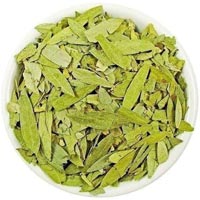There is an ongoing debate among cupping practitioners whether we should call the subsequent cupping marks as such, or a ‘bruise’? The English medical dictionary by Peter Collin (PH. Collin 1987) describes a bruise as: ‘Contusion or dark painful area on the skin, where blood has escaped under the skin following a blow’. The online MedicineNet.com dictionary gives the following description of bruising: ‘A bruise is a traumatic injury of the soft tissues which results in breakage of the local capillaries and leakage of red blood cells. In the skin it can be seen as a reddish-purple discolouration that does not blanch when pressed upon.’ A different explanation from the same source is: ‘A bruise is called a contusion and is typically a result of some degree of injury to the blood vessels in the skin. Local leakage of blood into the skin from the capillaries that occurs spontaneously and is flat is referred as ecchymosis.’
When we look at the various explanations above, it is clear that a bruise should have at least two characteristics: 1) a dark and painful area; and 2) be the result of a blow, injury or trauma. The noun ecchymosis, however, is explained as ‘local leakage of blood into the skin from the capillaries that occurs spontaneously and is also painless’. Almost all blood thinning medications and treatments cause ecchymosis that is not painful but cause discolouration of the skin. All skin marks that are the result of cupping therapy, however dark they may appear, are not painful. There is no external or internal damage inflicted to the skin. Capillaries do not leak as result of ‘injury or blow to blood vessels’. Also, all bruises will turn yellowy-green before totally fading away. With the exception of Strong cupping on the first two visits, all cupping marks will fade away without turning a yellowy-green color. Even following the Strong cupping method, local pain will not accompany the cupping mark! Slight local sensitivity is the expected reaction immediately following the cupping application and usually much less tender over the next day or two. I personally prefer to call these effects ‘cupping marks’ as I find ecchymosis a rather technical term and too ‘trendy’ a woruse!


